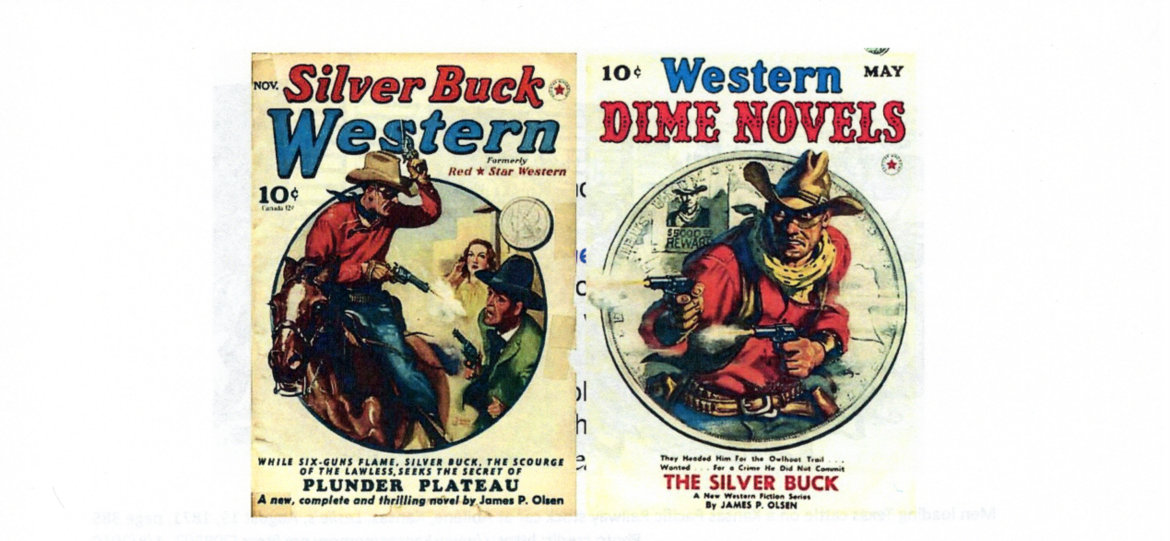(I) Eastern, Abilene and Chisholm Trail System – Non-trail Entities Wrongly Defined It. After Abilene’s 1871 cessation as a cattle town, cartographers continued to base their maps on military surveys and used the “Abilene Trail” label. However, many others embraced the “Chisholm Trail” term so there were different versions regarding the trail’s name and location. James R. Mead (a friend of Jesse Chisholm) exploited the name to grow his interests in the new village of Wichita (incorporated in 1868). The nation’s eastern population developed an interest in “The West,” cowboys and outlaws. The nickname became a convenient catchphrase for a ready market in “frontier” stories for newspapers, books, dime novels, songs and silent films. Since the public expected entertainment that was full of thrills and chills, writers focused on sensationalism and embellishment rather than reality and fact. This fed the public’s misperception of the “Chisholm Trail.” The name was haphazardly applied to include any post-Civil War cattle trails leading from Texas; as well as to the Texas portion of various trails. In the 1910s and 1920s, the name was heavily promoted for the “Good Roads Association” highway projects in Texas, Oklahoma and Kansas which became the Meridian Highway (today’s Hwy US-81). The “Chisholm Trail” nickname served as a tag line for the cities and counties that stood to benefit from a highway which would bring tourism and commercial advantages. It cemented the misperception that the “Chisholm Trail” started in south Texas and took a straight line all the way to Abilene, Kansas. Since many traces of the old Texas cattle trails had disappeared by the 1930s, folklore said the trail had taken the route of the Meridian Highway, even though the two were miles apart at many points. The scope of the folklore expanded when P.P. Ackley, a former drover, funded a 1930s project to “mark the Chisholm Trail” and, without having supporting documentation, placed signs from Brownsville, Texas to Canada. Texas rancher and historian Tom B. Saunders IV said, “What is more important than the trail name are the people who actually did all the work.” Researcher Wayne Ludwig then said, “The drovers…who got the job done…deserve to have their history recorded as faithfully as possible.” https://slideplayer.com/slide/14521208/90/images/27/DIME+NOVELS+Dime+Novels.jpg March 2020.

